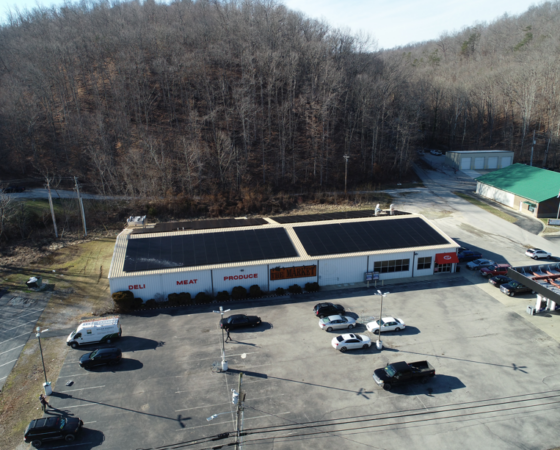From Chuck Hassebrook at the Center for Rural Affairs comes this commentary on the importance of investing in our rural communities' futures:
If we don’t invest in our future, we won’t have one. It’s as true for communities as it is for farms, businesses and families. But investments in the future of rural communities are often met with skepticism – “do we really need it?”
The answer is that it depends on what we want. We can probably get along without investing. Our communities will shrink. Businesses will die as they lose customers. Home values will decline. Private investments will be lost. The quality of life will lessen, but we’ll get along.
But is that what we want? Or 20 years from now, would we rather look back and see that we made a difference in rebuilding a thriving community?
Each community is unique, but in general, the most critical investments fall in three areas:
Build local leadership. Modest investments in training a pool of citizens in leadership skills and bringing them together to build a shared vision for the community can pay big dividends.
Invest in entrepreneurship. For the smallest communities, most jobs come from local entrepreneurs creating their own job and perhaps a few more by launching new businesses. The internet is opening national markets and new opportunities to rural businesses.
For example, Heavenly Creations in Stapleton, NE (population 285), is selling jams, jellies and syrups in 15 states. Others have created consulting services, where they provide critical skills to businesses in the nation’s largest cities from small towns. Local investment in rehabbing buildings as affordable rental spaces with high-speed internet can help new businesses start. Local investment clubs can provide the needed capital.
Quality of life investments matter. Rebecca Ryan set out to understand the younger generations with 20,000 interviews, summarized in her book, Live First, Work Second. They are more likely to decide first where they want to live, and then how they will make their living.
If we want young people in our communities, we must invest in attracting them. Investments in good schools, swimming pools, hiking trails, access to nature, attractive main streets, historic districts and good restaurants all help draw young families. Do we older folks need those things? Only if we want our communities to survive, our homes to retain value, and our businesses to have customers.
There is no free lunch. We can build a better future in our community, but we have to invest.





